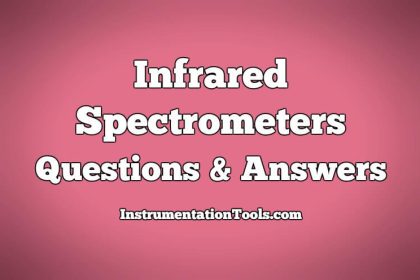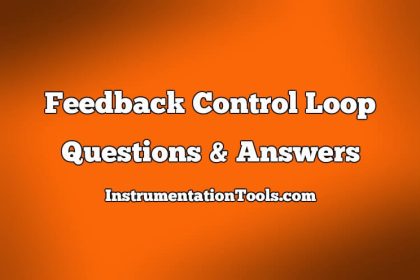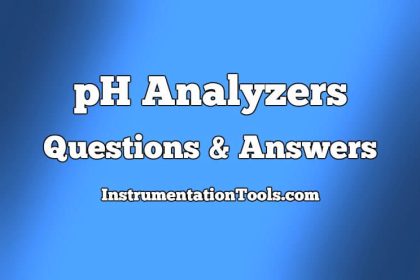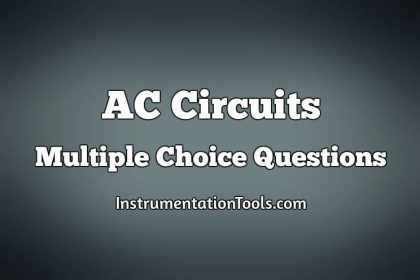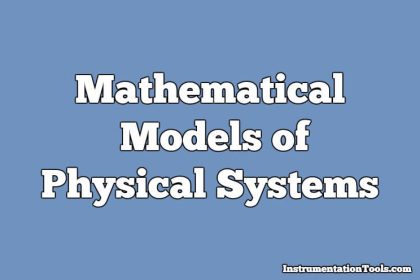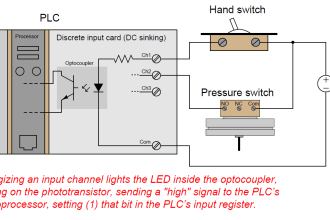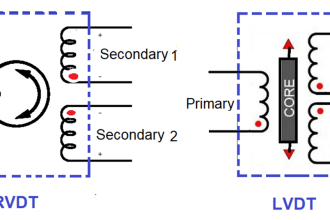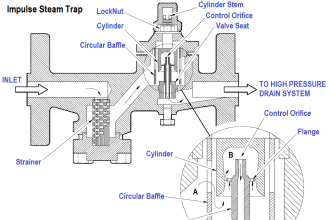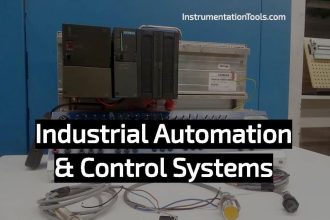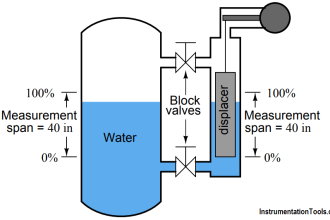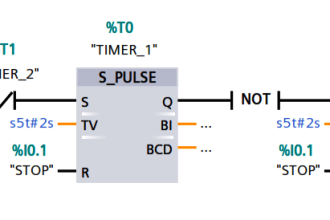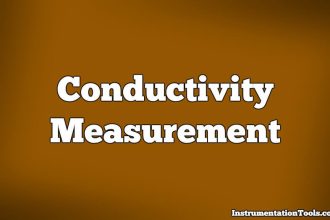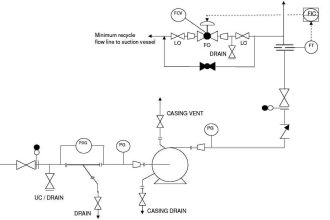Experimentation of Transfer Function MCQ
1. The impulse response of a LTI system is a unit step function, then the corresponding transfer function is
a) 1/s
b) 1/s2
c) 1
d) s
Answer: a
Explanation: The impulse response of a LTI system is the transfer function itself and hence for the unit step function . As input then the transfer function will be 1/s.
2. For a type one system, the steady – state error due to step input is equal to
a) Infinite
b) Zero
c) 0.25
d) 0.5
Answer: b
Explanation: The steady state error is defined as the error between the final value and the desired response and the difference in the value of both will be the steady state error due to step input for type one system is zero.
3. The equation 2s4+s3+3s2+5s+10=0 has roots in the left half of s–plane:
a) One
b) Two
c) Three
d) Four
Answer: b
Explanation: The roots of the equation can be calculated using Routh-Hurwitz criterion and hence there are 2 sign changes in the first column of the row and therefore the two roots lie on the right half of s-plane.
4. If the Nyquist plot of the loop transfer function G (s)H (s) of a closed-loop system encloses the (1, j0) point in the G (s)H (s) plane, the gain margin of the system is
a) Zero
b) Greater than zero
c) Less than zero
d) Infinity
Answer: c
Explanation: Nyquist plot deals with the open loop poles and zero and equals the encirclements to the open loop poles of the system.
5. Consider the function F (s) =5/s (s2+s+2) , where F (s) is the Laplace transform f (t). Then the final value theorem is equal to
a) 5
b) 5/2
c) Zero
d) Infinity
Answer: b
Explanation: Final value theorem is given for the stable system only and this is a type 1 system and for step input the final value can be calculated as 5/2.
6. The transfer function of a phase-lead controller is given by
a) (1+aTs)/(1+Ts) , a>1 T>0
b) (1+aTs)/(1+Ts) , a<1 T>0
c) (1-aTs)/(1+Ts) , a>1 T>0
d) (1±Ts)/(1+Ts) , a<1 T>0
Answer: a
Explanation: For the phase lead controller in which the stability and speed of response is more for the system, the magnitude of the pole must be greater than the magnitude of the zero.
7. If the system matrix of a linear time invariant continuous system is given by Its characteristic equation is given by:
a) s2+5s+3=0
b) s2-3s-5=0
c) s2+3s+5=0
d) s2+s+2=0
Answer: a
Explanation: The transfer function is calculated by the state variable analysis and hence the transfer function is calculated by state transition matrix and taking the inverse Laplace transform.
8. Given a unity feedback control system with G (s) = K/s(s+4), the value of K for which the damping ratio is 0.5.
a) 1
b) 16
c) 64
d) 32
Answer: b
Explanation: The value is found by using the Routh- Hurwitz criteria and equating one of the row of the Routh-Hurwitz criteria equal to zero and hence finding the value of K.
9. The LVDT is used in the measurement of:
a) Displacement
b) Acceleration
c) Velocity
d) Humidity
Answer: a
Explanation: The LVDT is the linear variable differential transformer and it is used to calculate the displacement with the inductor process.
10. A system with gain margin close to unity and phase margin close to zero is :
a) Highly stable
b) Oscillatory
c) Relatively stable
d) Unstable
Answer: c
Explanation: A system is relative stable not stable if the phase margin is close to zero then the stability is checked by gain margin.

